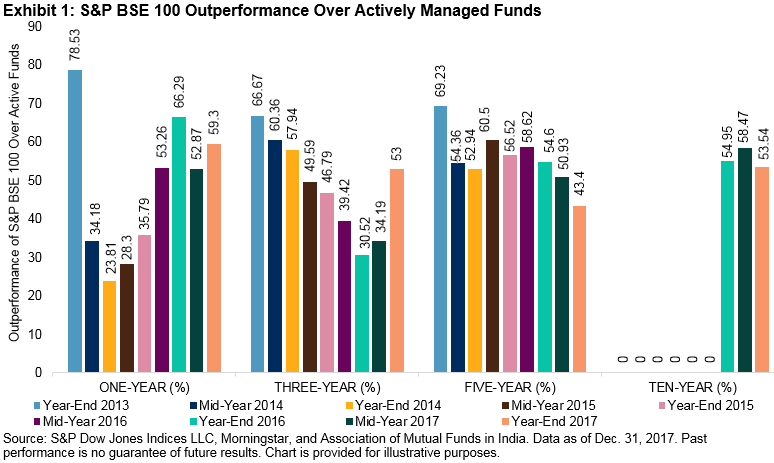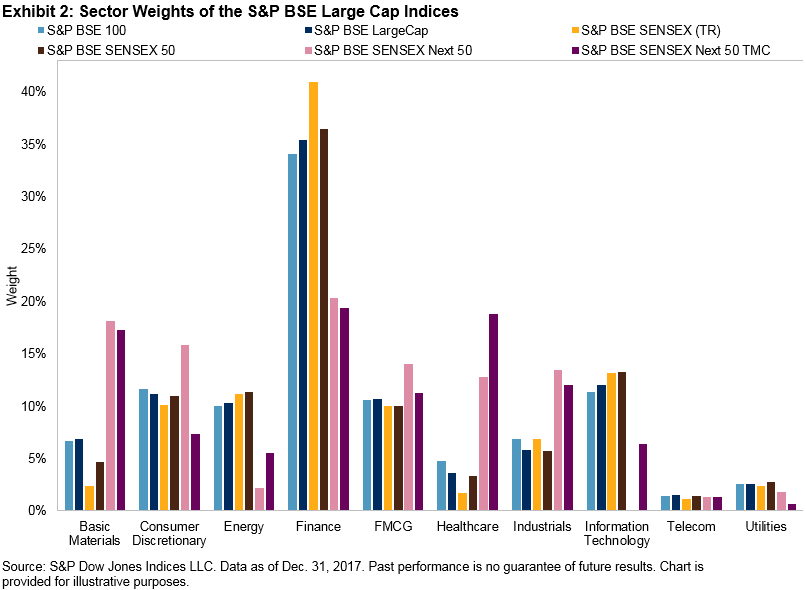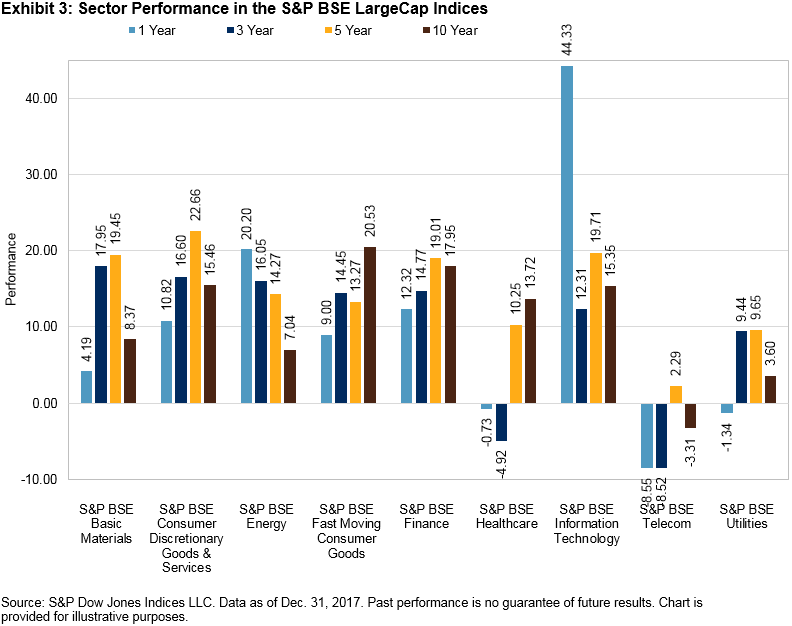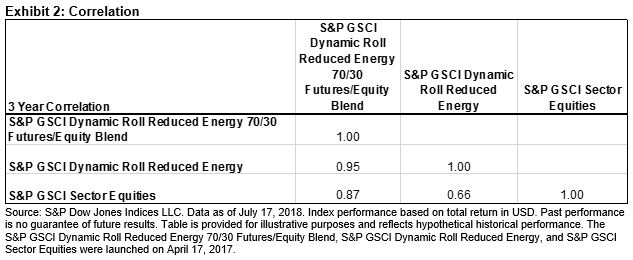Given our recent announcement upgrading Saudi Arabia to emerging market status, it seemed like an apt time to delve a little deeper into the index country classification process and the criteria used to evaluate the status of markets here at S&P Dow Jones Indices (S&P DJI). At the risk of stating the obvious, country classification is perhaps the most fundamental aspect of global benchmark construction, given that country (and related currency) exposures have historically been the most important drivers of risk and return in global equity portfolios. In other words, the countries that are included in your benchmark matter a lot, so it’s critical to understand how country classification decisions are made, as well as any differences that exist between indices published by different providers.

An Overview of S&P DJI’s Country Classification Process and Evaluation Criteria
On an annual basis, S&P DJI conducts a complete review of all countries included in its global equity benchmarks. As described in detail in our country classification methodology, we initially review a series of criteria for each market that covers such areas as macroeconomic conditions, political stability, market size and liquidity, trading and settlement procedures, and the presence of foreign ownership restrictions. Countries must meet certain minimum criteria to be eligible for frontier market status, must pass higher standards for emerging market status, and must pass the most stringent criteria to be considered for developed market status.
In cases where this review indicates a possible change in classification, S&P DJI conducts an in-depth, public consultation requesting feedback from a wide range of market participants. This consultation process is an integral component of the overall country classification decision since core issues under review, such as market accessibility and the efficiency of transacting in local markets, are highly nuanced and may even vary among different types of market participants. S&P DJI typically publishes this annual consultation during the second quarter and it remains open for comment for about three months, with the results announced in the fourth quarter. In order to provide market participants with sufficient time to prepare for country changes, implementation of any changes typically happens at the following year’s September rebalancing.
In addition to the annual consultation, we sometimes conduct “off-cycle” reviews when warranted by changes in market conditions. Our consultation on Saudi Arabia is a recent example of this; the S&P DJI global equity index committee determined that market reforms implemented following our 2017 consultation period warranted a more timely review of the market.
Changes in classification are infrequent, given the index turnover and the associated trading costs borne by asset managers stemming from these large changes. Because of this, country changes are only made when there is a strong consensus among market participants for the change and the conditions supporting the change are seen as extremely unlikely to reverse.
Key Classification Differences
While classification of countries is largely consistent across the largest index providers (e.g., S&P DJI, MSCI, and FTSE Russell each have announced upgrades of Saudi Arabia this year), there are some notable differences to be aware of. Probably the most meaningful involves South Korea, which S&P DJI has classified as a developed market since 2001, but MSCI continues to classify as an emerging market. This difference is important, given that South Korea is the second-largest country in the MSCI Emerging Markets Index at a roughly 15% weight, potentially crowding out less-developed markets from the benchmark.

Another notable distinction to be aware of is that MSCI initiated a partial inclusion of China A-shares in its benchmarks as of June 1, 2018, whereas S&P DJI and FTSE Russell currently have China A-shares under review for inclusion in emerging market indices. Although MSCI’s inclusion of China A-shares has garnered significant attention, it should be noted that the partial inclusion process undertaken by MSCI means that China A-shares currently represent less than 1% of the emerging markets index.
Finally, our 2018 Country Classification Consultation is open for comment until Oct. 15, 2018. In addition to China A-shares, Argentina and Kuwait are under review for reclassification from frontier to emerging market status.
The posts on this blog are opinions, not advice. Please read our Disclaimers.





















































